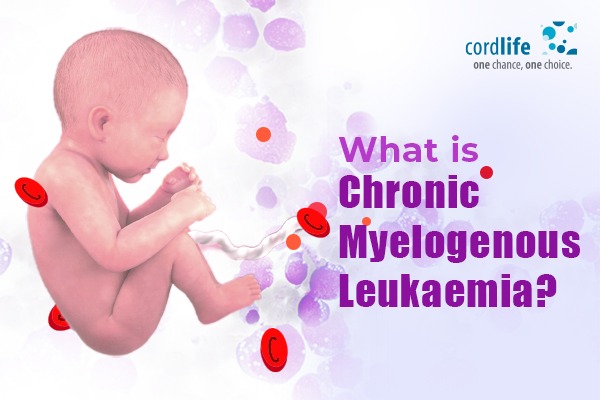Table of Contents
This is the story of Lucas, a young boy, who was active and lived a normal life till he turned 10 years old. But after that, he felt constantly lethargic and had a poor appetite, without any reason. He also lost weight immensely and suffered from bouts of fever and vomiting.
Lucas underwent several treatments in numerous hospitals in Malaysia, finally, he was diagnosed with Chronic myeloid leukaemia, also known as chronic myelogenous leukaemia.
Fortunately, Lucas’s parents had his younger brother’s cord blood banked with Stemlife (A subsidiary of Cordlife Group Limited) and before the transplant took place, they found perfect match with his younger brother.
By god’s grace, the transplant was successful.

Basically, the bone marrow, which is found in the center of most bones, has many blood vessels, which is responsible for making blood stem cells that will mature in due time and become a myeloid stem cell or lymphoid stem cell. They will give rise to granulocytes or white blood cells, responsible for fighting infection in the body.
Not just white blood cells, a myeloid or lymphoid stem cell matures into red blood cells (oxygen-carrying cells), and platelets (forms blood clots to stop bleeding).
But, when a person suffers from leukaemia, which is a type of cancer, that starts in the blood-forming cells of the bone marrow, they change and do not mature as it should. Instead, they divide into new cells faster than the normal. In fact, they develop in the bone marrow and disturb the normal cells, thus causing an increase in the number of white blood cells, which ultimately spread into the other organs.
What is Chronic Myelogenous Leukaemia
In chronic myelogenous leukaemia or chronic myeloid leukaemia, the DNA (genetic material), that shows how the cell looks like, has chromosomes inside, and part of the DNA moves from one chromosome to another. This further leads to the bone marrow making protein, which produces more and more underdeveloped white blood cells, thus preventing the normal production of red blood cells and platelets. And when this happens, infection, anaemia and bleeding come along with it.
Chronic Myelogenous Leukaemia is a slowly progressing uncommon type of blood-cell cancer, which typically affects older adults and accounts to only 1% of all childhood leukaemia. If and when it occurs in a child like Lucas, it leaves him or her weak, tired, caught with fever, pain in the bone, joint and belly, even swelling (as abnormal blood cells develop in the kidneys, liver and spleen), slowly taking the child towards death.
Can Cord Blood Treat Chronic Myelogenous Leukaemia?
Chemotherapy and bone marrow transplantation are some of the well-known cures found for Chronic Myelogenous Leukaemia, now. In fact, transplantation with an HLA-matched sibling donor is recommended during bone marrow transplants. However, if an HLA-matched sibling is not found for Bone Marrow transplant, stem cells from other sources like the unrelated bone marrow donors or cord blood (CB) has emerged as a promising approach. Lucas (in the story above) shows all that the parents have to do is store the cord blood stem cells of the second child. By finding HLA-match Cord blood stem cells from the sibling, the chances of success are more. As with the cord blood stem cells in the treatment of leukaemia there is a reduced risk of post-transplant complication (Graft-versus-host-diseases).
